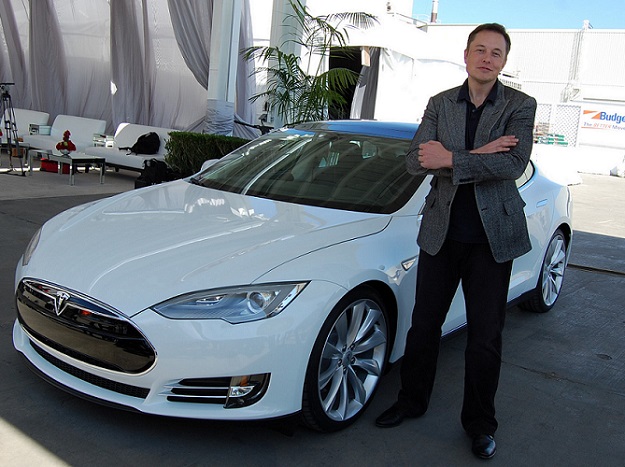In a new interview with Fortune, outspoken Tesla CEO Elon Musk said that the electric automaker is just two years away from developing fully autonomous vehicles that can operate ably and safely in any type of environment. While Musk has long championed an automotive age filled with self-driving cars, this is the most optimistic timeline for their deployment we’ve seen Musk make yet. In fact, Musk in 2014 said that the requisite technology to manufacture a self driving car was still about five to six years away.
DON’T MISS: 12 paid iPhone apps on sale for free today
“I think we have all the pieces,” Musk said, “and it’s just about refining those pieces, putting them in place, and making sure they work across a huge number of environments—and then we’re done. It’s a much easier problem than people think it is.”
“But it’s not like George Hotz, a one-guy-and-three-months problem,” Musk added.” You know, it’s more like, thousands of people for two years.”
Musk here is of course referencing George Hotz, the famed hacker Bloomberg profiled last week. Hotz, if you recall, claims to have developed self-driving car technology that is far superior to what Tesla currently employs in the Model S. While the Bloomberg piece on Hotz generated waves of headlines, Musk came away rather unimpressed.
An official statement posted on the company’s website last week reads in part:
We think it is extremely unlikely that a single person or even a small company that lacks extensive engineering validation capability will be able to produce an autonomous driving system that can be deployed to production vehicles. It may work as a limited demo on a known stretch of road — Tesla had such a system two years ago — but then requires enormous resources to debug over millions of miles of widely differing roads.
This is the true problem of autonomy: getting a machine learning system to be 99% correct is relatively easy, but getting it to be 99.9999% correct, which is where it ultimately needs to be, is vastly more difficult. One can see this with the annual machine vision competitions, where the computer will properly identify something as a dog more than 99% of the time, but might occasionally call it a potted plant. Making such mistakes at 70 mph would be highly problematic.
Musk’s issues with Hotz aside, Tesla has been making great strides in rolling out early incarnations of its autonomous driving software to Model S owners around the globe. In the not too distant future, Musk envisions that all cars will be fully autonomous. Comically, Musk a few weeks ago said that owning a non-autonomous vehicle in 15 years will be like owning a horse.
“Well, I’m actually on record saying that I think that all cars will go fully autonomous in the long-term,” Musk said in an interview with the Wall Street Journal last month. “I think it will be quite unusual to see cars that don’t have full autonomy, let’s say, in 15-20 years. And for Tesla, it will be a lot sooner than that.”
All that said, even if self-driving automotive technology is ready for public use, say, next year, don’t expect to see such cars on the road anytime soon. As Musk and others have pointed out, perfecting the technology is just one part of the equation. The other part centers on overcoming regulatory hurdles and convincing the public at large that the technology is in fact exceedingly safe.
And speaking of safety, Musk is also on-record with the prediction that autonomous cars will be a “factor of 10 safer than a person [at the wheel] in a six-year time frame.”




